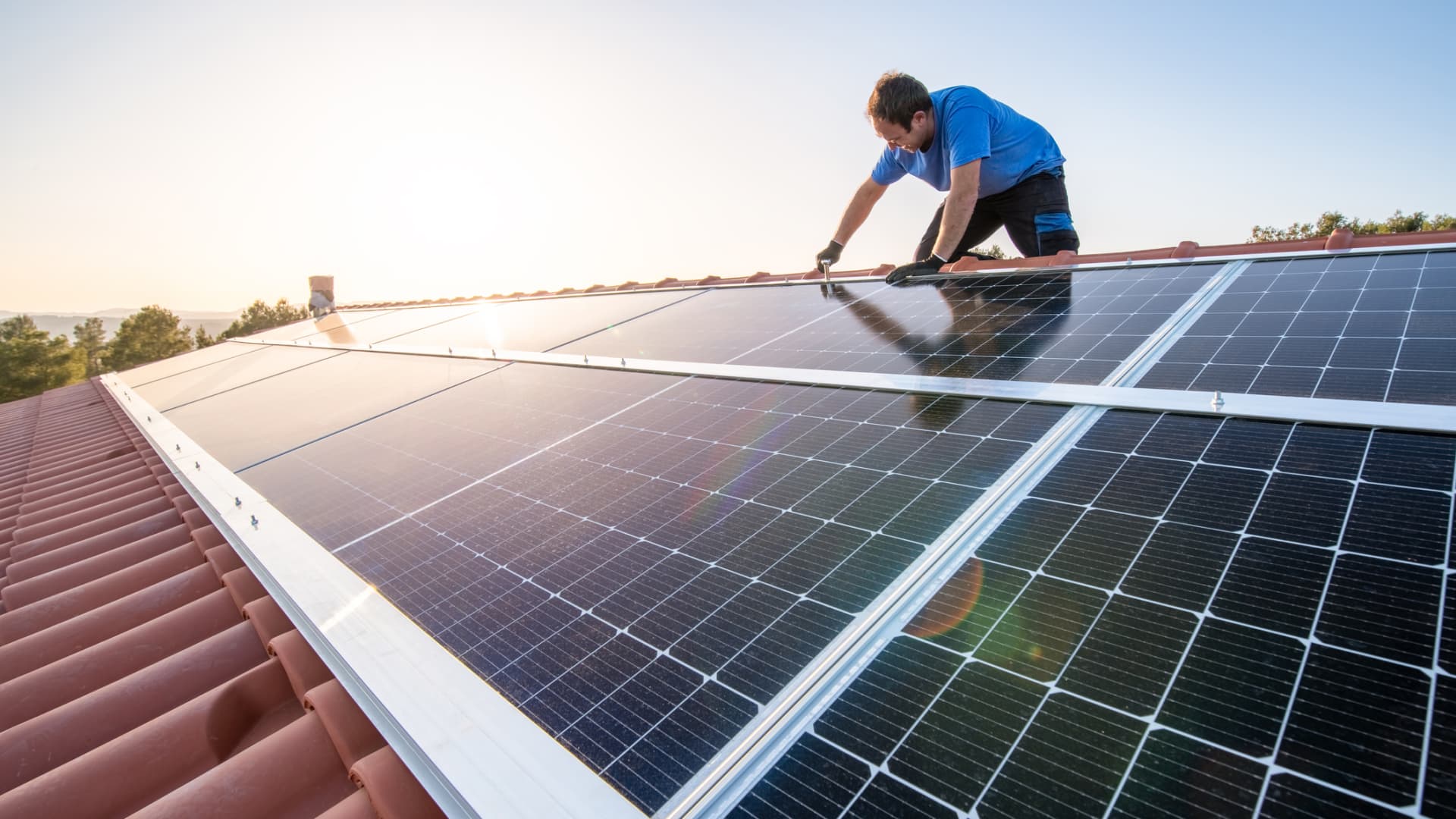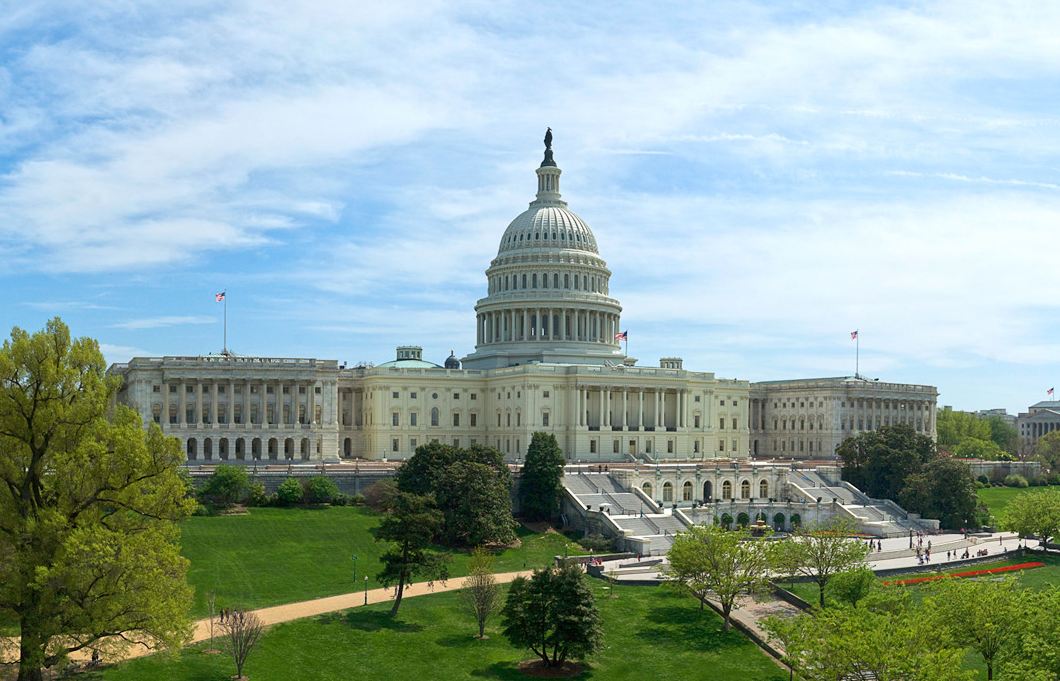Somewhere, there's a list of stoves that meet the requirement for the tax credit. Are you saying we can't rely on that list when choosing a stove if we're hoping to get the tax credit?
New tax credits for 2021
- Thread starter Hotdamn
- Start date
-
Active since 1995, Hearth.com is THE place on the internet for free information and advice about wood stoves, pellet stoves and other energy saving equipment.
We strive to provide opinions, articles, discussions and history related to Hearth Products and in a more general sense, energy issues.
We promote the EFFICIENT, RESPONSIBLE, CLEAN and SAFE use of all fuels, whether renewable or fossil.
You are using an out of date browser. It may not display this or other websites correctly.
You should upgrade or use an alternative browser.
You should upgrade or use an alternative browser.
The EPA database provides the average HHV figure. Regardless, you need the 25D tax credit certificate from the manufacturer to document its qualification.
I will add, as a manufacturer, we are responsible to generate a certificate detailing the applicability of our products for the 25D tax credit.
When consumers file for the credit, they do not send in the certificate. They keep it for their records. I think the mfg's would be held accountable to the IRS for the certificates they generate. How that would be tracked back to individual consumers, challenging.
When consumers file for the credit, they do not send in the certificate. They keep it for their records. I think the mfg's would be held accountable to the IRS for the certificates they generate. How that would be tracked back to individual consumers, challenging.
If you are eying a T6, then might as well wait. It came in with an HHV test average of 74.9% so it shouldn't take much to make it meet the 75% OA HHV.Thanks guys.
I would if they offered an enamel finish. My wife insists on it.If you are eying a T6, then might as well wait. It came in with an HHV test average of 74.9% so it shouldn't take much to make it meet the 75% OA HHV.
Update. The new bill just passed apparently boosts and extends the tax credit.
"This “residential clean energy credit” extends and enhances an existing tax break. Costs incurred from the beginning of 2022 to the end of 2032 would qualify for a 30% tax credit. The credit would fall to 26% in 2033 and 22% in 2034."

 www.cnbc.com
www.cnbc.com
"This “residential clean energy credit” extends and enhances an existing tax break. Costs incurred from the beginning of 2022 to the end of 2032 would qualify for a 30% tax credit. The credit would fall to 26% in 2033 and 22% in 2034."

Consumers may qualify for up to $10,000 — or more — in climate tax breaks and rebates in the Inflation Reduction Act
The Inflation Reduction Act offers financial incentives in the form of consumer rebates and tax credits to help the U.S. reduce its greenhouse gas emissions.
Thanks. Not seeing those specifics for wood stoves in the article but I guess it will all become clear soon enough.Update. The new bill just passed apparently boosts and extends the tax credit.
"This “residential clean energy credit” extends and enhances an existing tax break. Costs incurred from the beginning of 2022 to the end of 2032 would qualify for a 30% tax credit. The credit would fall to 26% in 2033 and 22% in 2034."

Consumers may qualify for up to $10,000 — or more — in climate tax breaks and rebates in the Inflation Reduction Act
The Inflation Reduction Act offers financial incentives in the form of consumer rebates and tax credits to help the U.S. reduce its greenhouse gas emissions.www.cnbc.com
It's implied. If you click on link 'exisiting' in the article it will bring you to the 25D regs. There, bio-mass is listed.Thanks. Not seeing those specifics for wood stoves in the article but I guess it will all become clear soon enough.
Another article says:
Among many other clean energy and carbon reduction incentives, the bill includes extensions and modifications of some Section 25D residential investment energy credits, including part of the BTU Act— the 30% residential tax credit for high-efficiency wood or pellet stoves—which would be extended to 2032, but capped at $2,000.

Senate Inflation Reduction Act packed with bioenergy incentives | Biomass Magazine
Senate democrats on July 27 announced an agreement to bring the Inflation Reduction Act of 2022 to vote. The bill includes many bioenergy incentives, parti
Thanks. Does this mean the maximum credit one can get is $2,000?It's implied. If you click on link 'exisiting' in the article it will bring you to the 25D regs. There, bio-mass is listed.
Another article says:
Among many other clean energy and carbon reduction incentives, the bill includes extensions and modifications of some Section 25D residential investment energy credits, including part of the BTU Act— the 30% residential tax credit for high-efficiency wood or pellet stoves—which would be extended to 2032, but capped at $2,000.

Senate Inflation Reduction Act packed with bioenergy incentives | Biomass Magazine
Senate democrats on July 27 announced an agreement to bring the Inflation Reduction Act of 2022 to vote. The bill includes many bioenergy incentives, partibiomassmagazine.com
In the year of completion of install, yes. Industry is asking, can the remainder of the 30% be a "carryover" to the next tax year.Thanks. Does this mean the maximum credit one can get is $2,000?
Once the IRS issues guidance, I'll update this post....it will be weeks or months.
Thank you.In the year of completion of install, yes. Industry is asking, can the remainder of the 30% be a "carryover" to the next tax year.
Once the IRS issues guidance, I'll update this post....it will be weeks or months.
Jls667
New Member
Does anyone know if self-installation would effect the credit? I'm about to install a new qualifying pellet stove myself and obviously would like the credit. I can't imagine the government cares enough but do they want proof of installation by a professional? Or will I just say that it was completed in 2022 along with my proof of a qualifying stove and accompanying vents etc...?
You can do the install, but no claim any labor as part of the credit.Does anyone know if self-installation would effect the credit? I'm about to install a new qualifying pellet stove myself and obviously would like the credit. I can't imagine the government cares enough but do they want proof of installation by a professional? Or will I just say that it was completed in 2022 along with my proof of a qualifying stove and accompanying vents etc...?
RShim
New Member
Can you pay for the install up front - prior to Dec. 31st 2022?Does anybody know how the credit works if the install costs span multiple tax years?
for instance I put down a deposit for my work to be done this week but the stove (morso 7110)isnt Due to be delivered to the store until December at the earliest. What happens if my install happensin January but my deposit was made this week?
RShim
New Member
The dealer I am working with just informed me the 2023 tax credit is going up to 33%. Still, I want to be warm this winter and am willing to lose that extra %. Just an FYI. I saw on this site it was going down a few % - so what is correct?The 25D extends into 2022 at the same 26%. Any credit not used in 1 year can be carried over to the next year. Consult with your accountant for application to your particular tax filing.
It was going to go down, but then that inflation reduction act was passed that had higher credits.
It's not 33%, it is 30%. And, there is a cap of $2,000. However, if installed prior to 12/31/2022, it's 26% without a cap.The dealer I am working with just informed me the 2023 tax credit is going up to 33%. Still, I want to be warm this winter and am willing to lose that extra %. Just an FYI. I saw on this site it was going down a few % - so what is correct?
Industry typically estimates a new, single story installation with stove, venting, hearth pad and labor at $10,000.
With that figure in mind, you could reduce tax liability by $2,600.00 this year but beginning 1/1/2023, the most you can reduce your tax liability is $2,000. $600 less.
What if you had a much more costly install of a qualifying heater, such as a boiler? At $20,000 before year end, that's $5,200 in tax liability reduction. After end of this year, it's $2,000.00
Each person needs to do their own calculations and verify their tax situation for eligibility.
Keep in mind as well, the ability to carryover any unused "credit" into the next tax year will also disappear.
Additionally, not everyone can qualify for the tax liability reduction. Low income or fixed income households with limited tax liability may not qualify.
Additionally, not everyone can qualify for the tax liability reduction. Low income or fixed income households with limited tax liability may not qualify.
I am going to remove an old gas fireplace and convert the existing chimney chase into an alcove for a wood stove. I am going to do the work myself. Would materials such as drywall, backerboard, tile, insulation, etc that I will use to convert the chase into an alcove qualify/count as "installation costs" for the tax credit?
I don't think so, the credit applies to the required components, like the stove, flue system, cap, & OAK. If it included all the window trimmings the skies the limit on those costs depending on the installation.I am going to remove an old gas fireplace and convert the existing chimney chase into an alcove for a wood stove. I am going to do the work myself. Would materials such as drywall, backerboard, tile, insulation, etc that I will use to convert the chase into an alcove qualify/count as "installation costs" for the tax credit?
Begreen is correct with one further clarification: The tax credit applies to all the labor, parts and materials needed for the "safe" installation of a qualifying product. So if there was an existing masonry chimney that needed repairs to have a "Safe" installation, it would qualify. Decorative stuff not likely. DISCLAIMER; SEEK ADVICE FROM YOUR TAX PROFESSIONAL.I don't think so, the credit applies to the required components, like the stove, flue system, cap, & OAK. If it included all the window trimmings the skies the limit on those costs depending on the installation.
EbS-P
Minister of Fire
Once the gas fireplace is out. You choose the spot. Now make it a safe (code compliant) install. No one wants an audit. 23% of your materials to make it safe. Probably could get any wall shields included. Hearth needs made. So count that.
Your hand made Italian tile for the alcove probably not
I personally think the chances of an audit of an individual for thier bio mass tax credit is small. But no one wants an audit. They just don’t look at one year.
Your hand made Italian tile for the alcove probably not

I personally think the chances of an audit of an individual for thier bio mass tax credit is small. But no one wants an audit. They just don’t look at one year.
Similar threads
- Replies
- 35
- Views
- 6K
- Replies
- 10
- Views
- 3K
- Replies
- 10
- Views
- 5K
- Replies
- 9
- Views
- 9K

